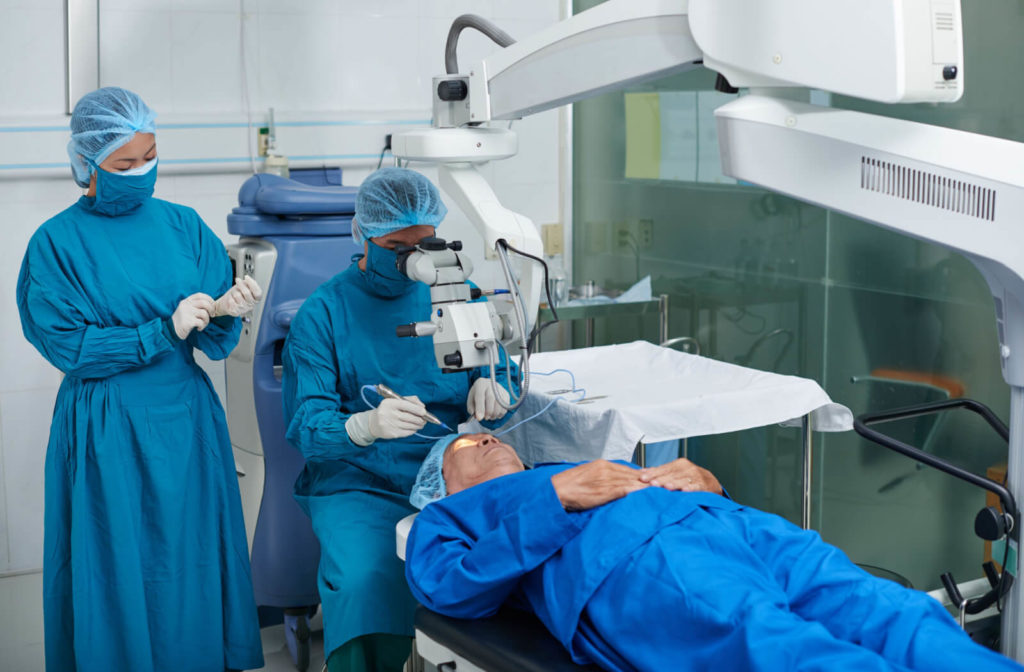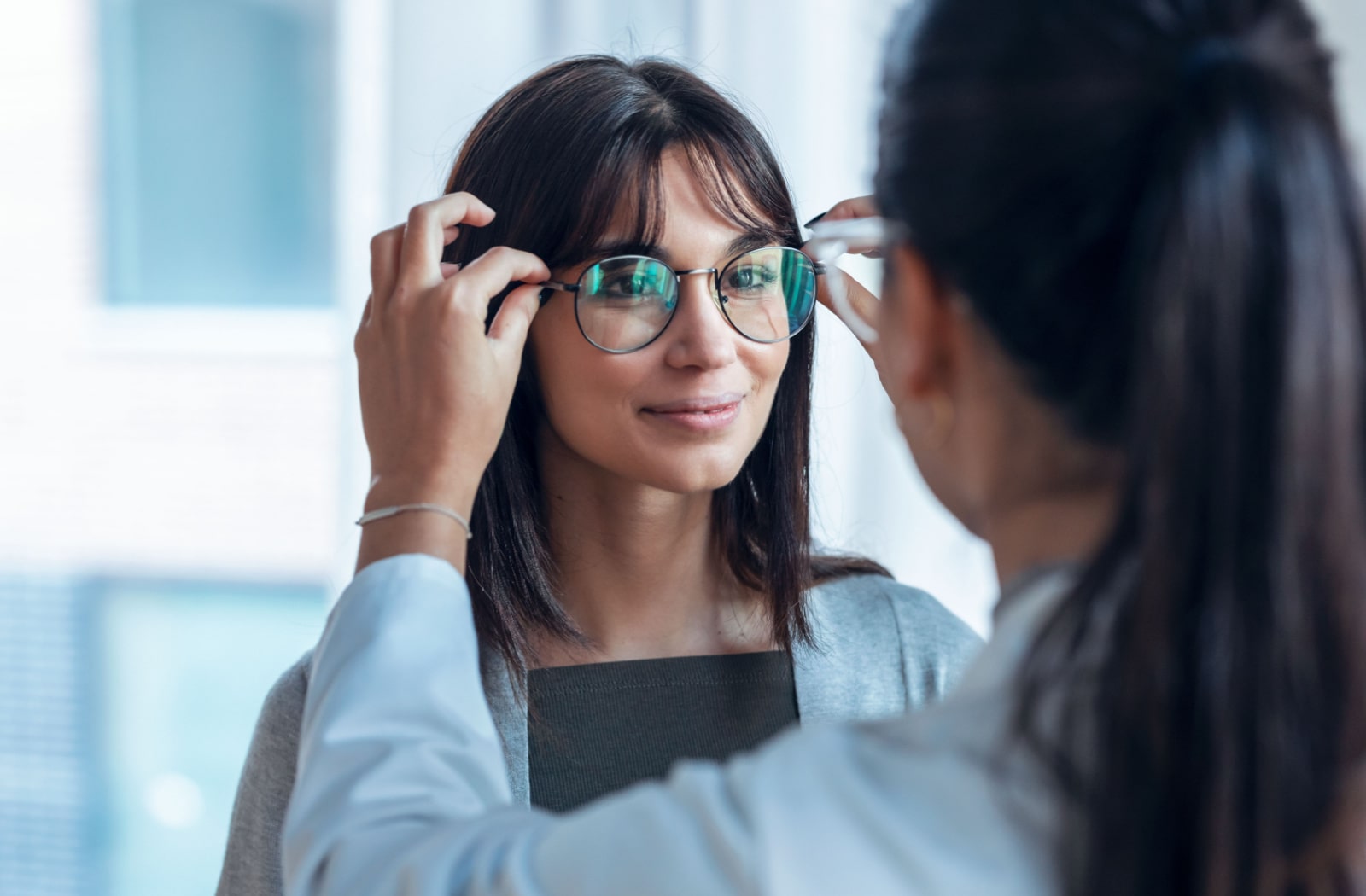Discover a Trusted Optometrist Chino for Household Eye Treatment Solutions
Discover a Trusted Optometrist Chino for Household Eye Treatment Solutions
Blog Article
Discovering the current Technical Developments in Optometry and What They Mean for Optometrists
In the ever-evolving area of optometry, current technological advancements are improving just how professionals come close to eye care. From the accuracy of Optical Coherence Tomography to the nuanced insights provided by AI-driven analysis tools, these innovations are establishing new requirements in person analysis and therapy. Teleoptometry is positioned to redefine access, guaranteeing that competence transcends geographical constraints. As these developments penetrate the method, optometrists are confronted with the challenge of accepting these tools to enhance individual results. Yet, the question remains: just how will these technological shifts redefine the roles and obligations within the profession?
Developments in Diagnostic Equipment
Progressing the area of optometry, technologies in analysis tools have actually transformed the way eye treatment experts examine and detect visual problems and eye conditions. The previous years has experienced substantial technical innovations, enabling even more precise and thorough analyses.
Another trick innovation is the introduction of advanced corneal topography systems, which map the surface curvature of the cornea with accuracy. These devices are especially valuable for suitable contact lenses and identifying corneal disorders. Additionally, electronic retinal imaging has actually changed standard ophthalmoscopy, offering comprehensive, breathtaking views of the retina that assist in comprehensive visual exams.
The advancement of wavefront aberrometry has actually also been essential, allowing the evaluation of refractive mistakes with unrivaled accuracy (Opticore Optometry). This modern technology aids in customizing rehabilitative lenses and enhancing surgical outcomes for refractive surgical procedures. Collectively, these diagnostic developments empower eye doctors to provide superior patient care, ensuring early intervention and tailored therapy methods, ultimately improving visual wellness end results
AI in Patient Management
Structure on the structure of advanced analysis devices, the incorporation of fabricated intelligence (AI) in client administration stands for a transformative jump for optometry. AI systems are progressively employed to boost effectiveness, accuracy, and personalization in client care. By analyzing huge quantities of data, AI can determine patterns and predict prospective eye problems, making it possible for optometrists to customize treatments more efficiently. This capability is crucial in managing persistent eye illness such as glaucoma and diabetic retinopathy, where very early discovery and continual surveillance are vital.
Furthermore, AI-driven platforms facilitate streamlined person interactions and management processes. Automated scheduling, virtual consultations, and individualized follow-up strategies not only improve person fulfillment however also enhance time monitoring for specialists. These systems can triage clients based on the necessity of their conditions, making certain that those in critical demand get punctual focus.
Additionally, AI boosts decision-making by offering optometrists with evidence-based recommendations and treatment pathways. By integrating data from digital health and wellness documents, AI devices offer insights that educate medical choices, reducing the danger of errors and boosting patient outcomes. As AI proceeds to evolve, its role in client administration will likely increase, reshaping the landscape of optometric care.
Advancements in Retinal Imaging
In the realm of optometry, retinal imaging has observed remarkable technological developments that are enhancing diagnostic capabilities and client care. Advancements such as Optical Comprehensibility Tomography (OCT) and fundus digital photography have revolutionized how optometrists visualize and assess the retina. OCT, in specific, supplies high-resolution, cross-sectional pictures of the retina, enabling the in-depth examination of its layers. This capability is invaluable for early detection and address monitoring of problems like glaucoma, diabetic person retinopathy, and age-related macular deterioration.
Boosted imaging techniques like OCT angiography are further refining diagnostic precision. Eye Doctor Optometrist. Such developments facilitate the recognition of minute retinal changes that might symbolize disease development.
Furthermore, improvements in artificial intelligence are increasing retinal imaging by making it possible for automatic analysis of large datasets. These systems help optometrists in identifying patterns indicative of pathology, thus boosting diagnostic precision and effectiveness. Jointly, these technologies are transforming retinal imaging right into a keystone of modern eye care, boosting results and expanding restorative possibilities.
Teleoptometry's Growing Function
Teleoptometry is progressively coming to be an important element of eye care, driven by developments in electronic interaction and analysis devices. As optometry welcomes electronic makeover, teleoptometry helps with remote consultations, permitting eye doctors to expand their solutions past conventional limits. This is especially helpful in country and underserved areas where accessibility to specialized eye treatment is commonly restricted. By leveraging high-resolution video conferencing and advanced retinal imaging, optometrists can perform detailed eye examinations from afar, guaranteeing timely medical diagnosis and treatment.
The integration of artificial knowledge (AI) additional enhances teleoptometry, enabling the analysis of visual data and assisting in the detection of eye conditions such as glaucoma and diabetic person retinopathy. AI-powered formulas can swiftly interpret complex imaging information, giving eye doctors with important insights that reinforce medical decision-making.
Furthermore, teleoptometry supports connection of treatment via seamless integration with digital health records (EHRs), enabling eye doctors to preserve extensive person histories. When seeking advice visit their website from with various specialists., this makes sure that individuals receive tailored and consistent care also.
Regardless of these benefits, obstacles continue to be, including making certain information protection and managing client expectations. Teleoptometry represents a significant stride towards more obtainable, reliable, and patient-centered eye treatment. As innovation evolves, its duty is positioned to expand even more.

Future Fads in Eye Treatment
A myriad of ingenious patterns is readied to improve the future of eye care, driven by technical developments and the progressing demands of clients. One considerable trend is the assimilation of expert system (AI) in diagnostics, which assures to improve the precision and effectiveness of eye evaluations. AI algorithms can analyze large amounts of information from retinal pictures, potentially spotting problems like diabetic person retinopathy and glaucoma earlier than traditional approaches.
In addition, personalized medication is acquiring traction in optometry, with genetic screening educating personalized treatment strategies. This technique aims to maximize individual results by tailoring treatments to individual genetic accounts. Wearable technology, such as wise get in touch with lenses, is also on the horizon, offering real-time surveillance of intraocular pressure or glucose degrees, therefore providing constant insights right into eye and systemic health and wellness.
The fostering of enhanced truth (AR) and digital fact (VR) in training and client education and learning is one more arising trend. These technologies offer immersive experiences that can boost understanding and abilities both for people and optometrists. As these trends evolve, optometrists should remain abreast of technical advancements to offer advanced care, guaranteeing enhanced individual outcomes and satisfaction in the vibrant landscape of eye treatment.
Conclusion

Collectively, these diagnostic advancements empower eye doctors to provide superior client care, ensuring very early intervention and customized therapy approaches, ultimately enhancing visual health end results.

As these innovations continue to evolve, eye doctors need to adapt and incorporate them right into technique, eventually enhancing operations performance and boosting the standard of eye care delivered to people.
Report this page